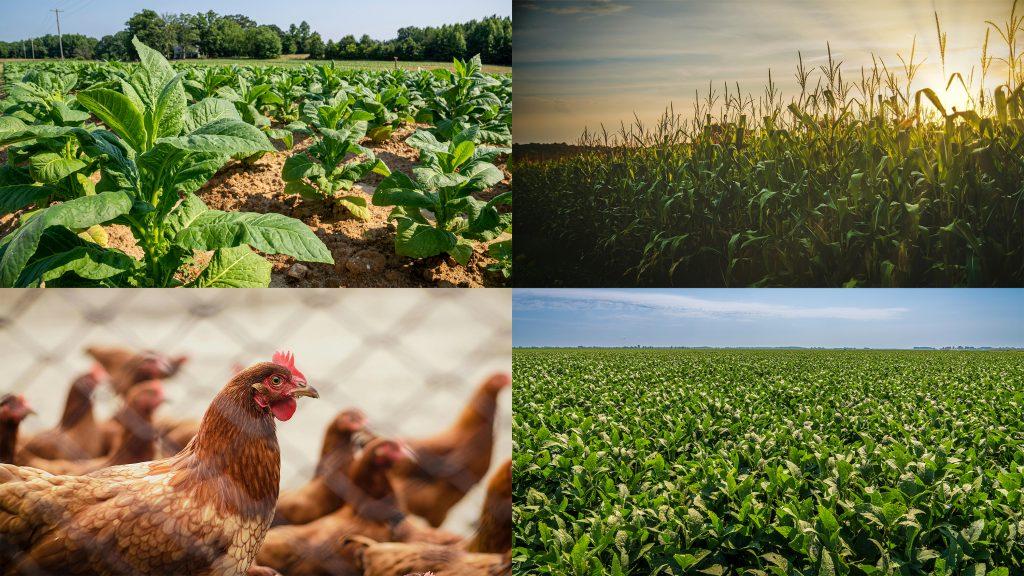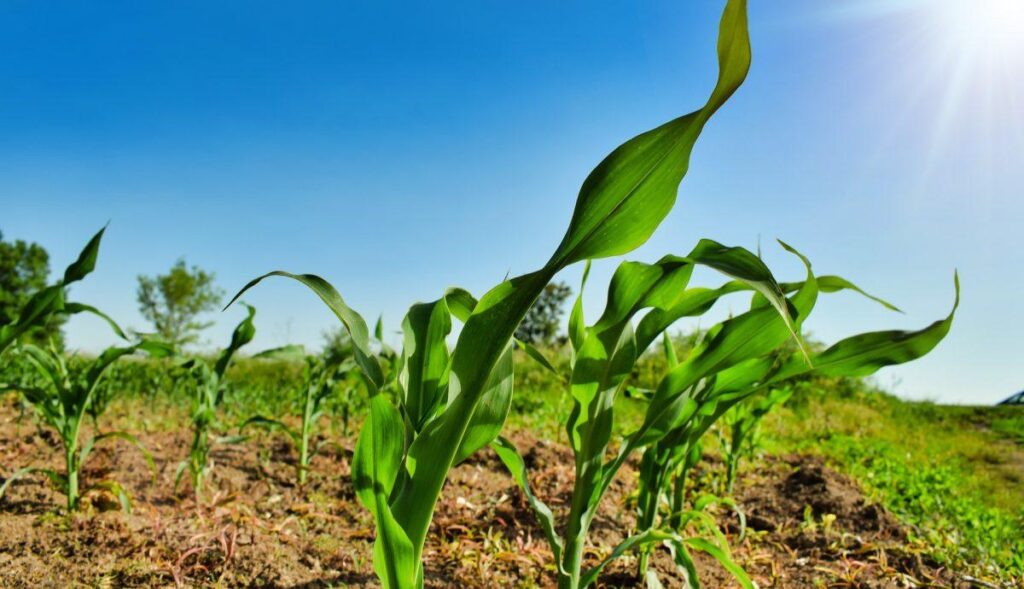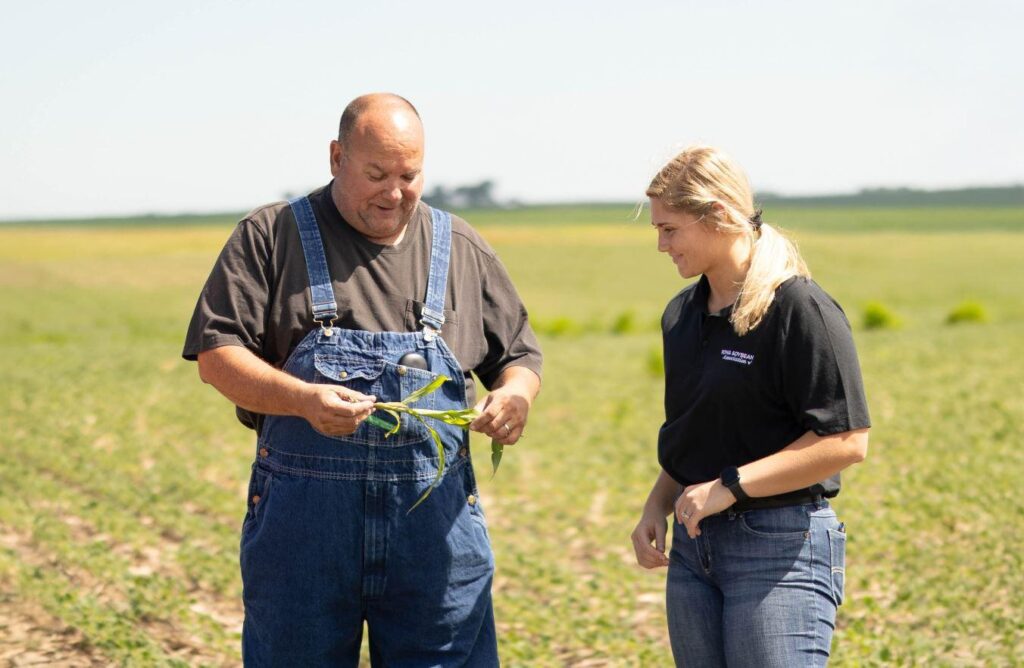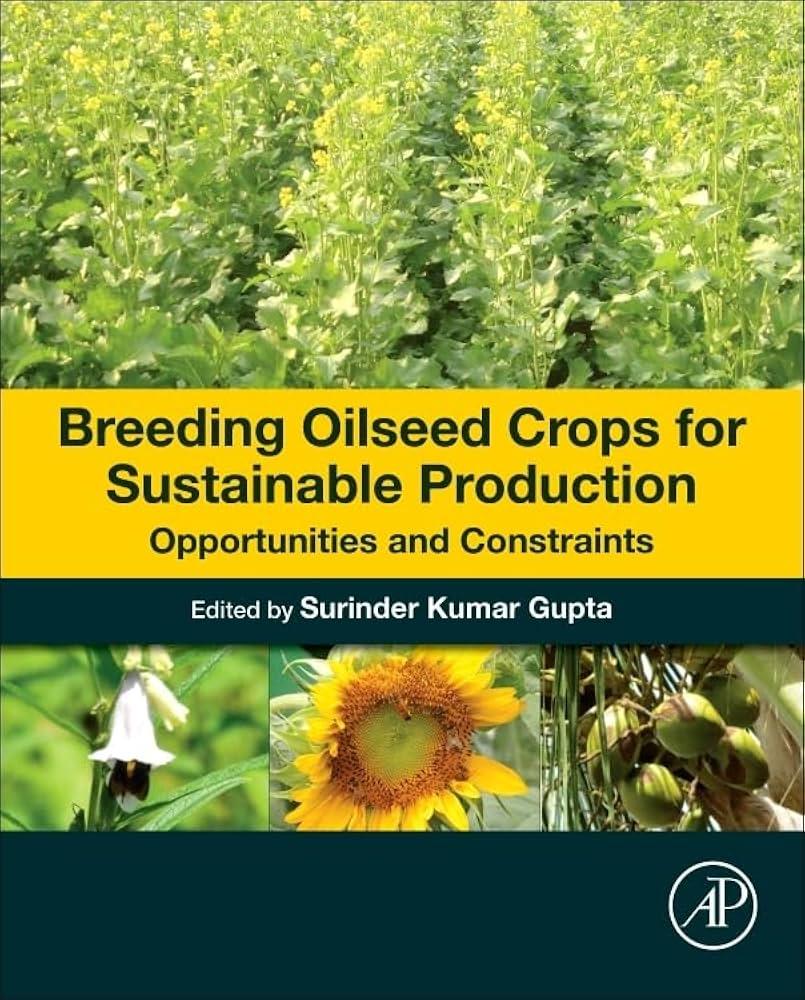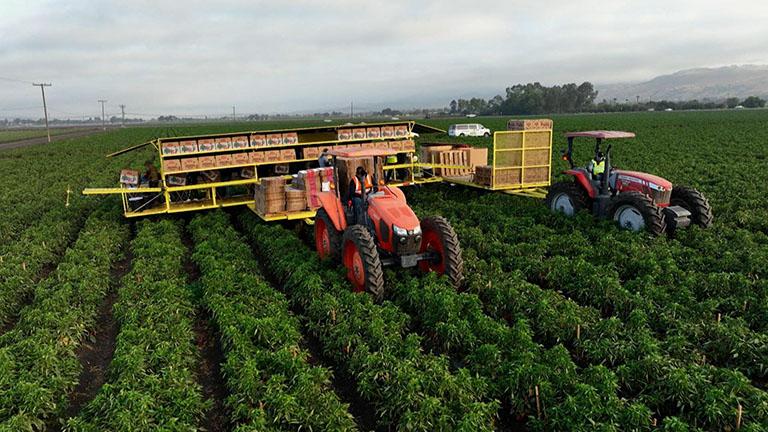Fingers in black earth, the smell of diesel dawn—soybean planting across the U.S. moves both with and against expectation each spring. By early May 2025, American growers had sown seeds on roughly 30% of their planned soybean acres—a record slice for that date. This takes some doing, considering last year’s figure for the same stage sat at 24%, and such leaps are not mere happenstance. There’s muscle memory here; seasoned farmers know when to strike as soon as soil lets them.
The USDA recently pinned the national soybean acreage at approximately 83.4 million acres this spring. Minor revisions from earlier forecasts—but every slice matters for futures traders watching Chicago terminals by flickering screens. Soybeans, months before pods fill out beneath tough Midwest sun, begin moving markets while sitting invisible under dirt.
Shifting Acreage in a Choppy Ocean
Seed drills clatter along fields where only generation-old grasslands grew a few seasons past—a sign of shifting tides in farm economics and global demand. Sometimes transitions are forced rather than finessed: more bushels pressed from marginal soils or new plots plowed after corn prices turn sour overnight. Some observers might see these moves simply as adaptation, but they carry a pang familiar to anyone who remembers bottom-of-the-barrel grain prices during late-‘80s busts.
With corn plantings slightly down this year (yet still boasting its own massive footprint), soybeans continue finding favor with those seeking risk hedges or an escape hatch from monoculture rutting. The calculus behind it shifts not just on price but loan schedules, input costs (watch fertilizer like a hawk) and export rumors swirling around South American output.
Checkoff Programs: The Quiet Backbone
A crucial aspect supporting all this hustle is the national soybean checkoff—an assessment pooled from every bushel sold across state lines which funds research, trade promotion, grower education projects—not always headline news but always humming underneath daily work. Through checkoff-funded initiatives, growers get access to emerging agronomic practices, market intelligence reports that read half like science fiction sometimes (biofuels made on-site?), and disease control solutions tailored regionally rather than generically.
For instance: sudden death syndrome management strategies or precision application technologies tweaked based on soil health profiles get pushed from ag labs into local hands thanks largely to these collective investments—not unlike how jazz bands riff off old standards. Where margins thin unexpectedly due to international stockpiles flooding Chicago pits or ocean freight bottlenecks squeeze Gulf exports tighter than one would hope—the extra yield per acre literally can be traced back to checkoff-backed research slogging through field trials most folks never see.
Markets Don’t Sit Still
As for actual sales… It’d be nice if pricing operated sensibly according to labor put in ground—that’s more nursery rhyme thinking than reality for many today. Any bean farmer recalling recent years’ “swift decline” in farm incomes knows commodity cycles grind irregularly. A surprise uptick in Brazil’s yields? Expect overnight reactions here—hedge funds booking gains while seed isn’t even dry yet locally gets shrugged off by some old-timers; others tap their weather app nervously at breakfast wondering whether El Niño has another curveball left.
Some minor operators experiment with specialty rotations such as direct-marketed edamame or double cropping using high tunnels post-harvest—a practice once limited but expanding quietly wherever infrastructure allows brief interludes between main crops.
Unexpected Weather Always Knocking Early
Should planting races ahead too quickly—as was seen this season again—it brings both optimism (“Beat last frost! More bushels!”) and vague apprehension about later stress events squeezing plants before full pod-fill time arrives. Regional drought patches? Locals treat them like distant thunder for now; nothing new there except maybe its persistence keeps creeping wider into places unaccustomed rather recently.
Those relying mostly upon price signals alone may forget how much uncertainty remains baked inside day-to-day choices—rotation plans upended by politics overseas just as surely by excess rainfall pounding Illinois river bottoms brown one week without warning.
Toward Autumn—with Eyes Forward
Sprouting up between wetter-than-average storms then battered briefly flat only for rows straightening again five days after—they confront an almost musical unpredictability every single year except spelled out acre-by-acre instead of measures per bar line.
While checkoffs provide ballast against volatility—and tech promises another leap forward each growing season—the industry remains prone to those forces outside any spreadsheet formulae: shifting currencies abroad or logistics issues clogging Gulf ports one week longer than advisable—for now though upland fields keep sprouting green surety under hands inheriting both tradition…and small grants funding next year’s smarter hybrids when next season breaks cold ground anew.




